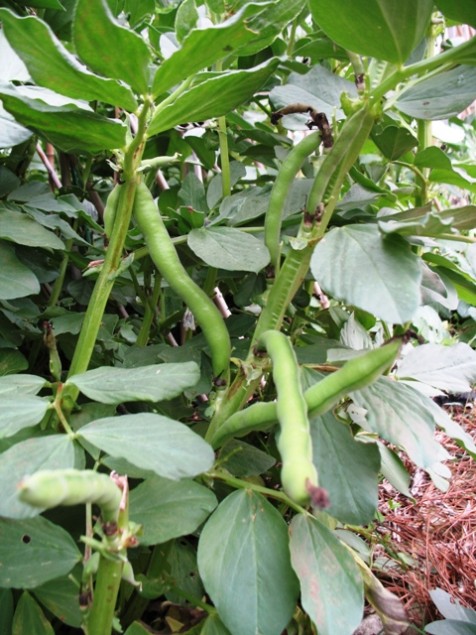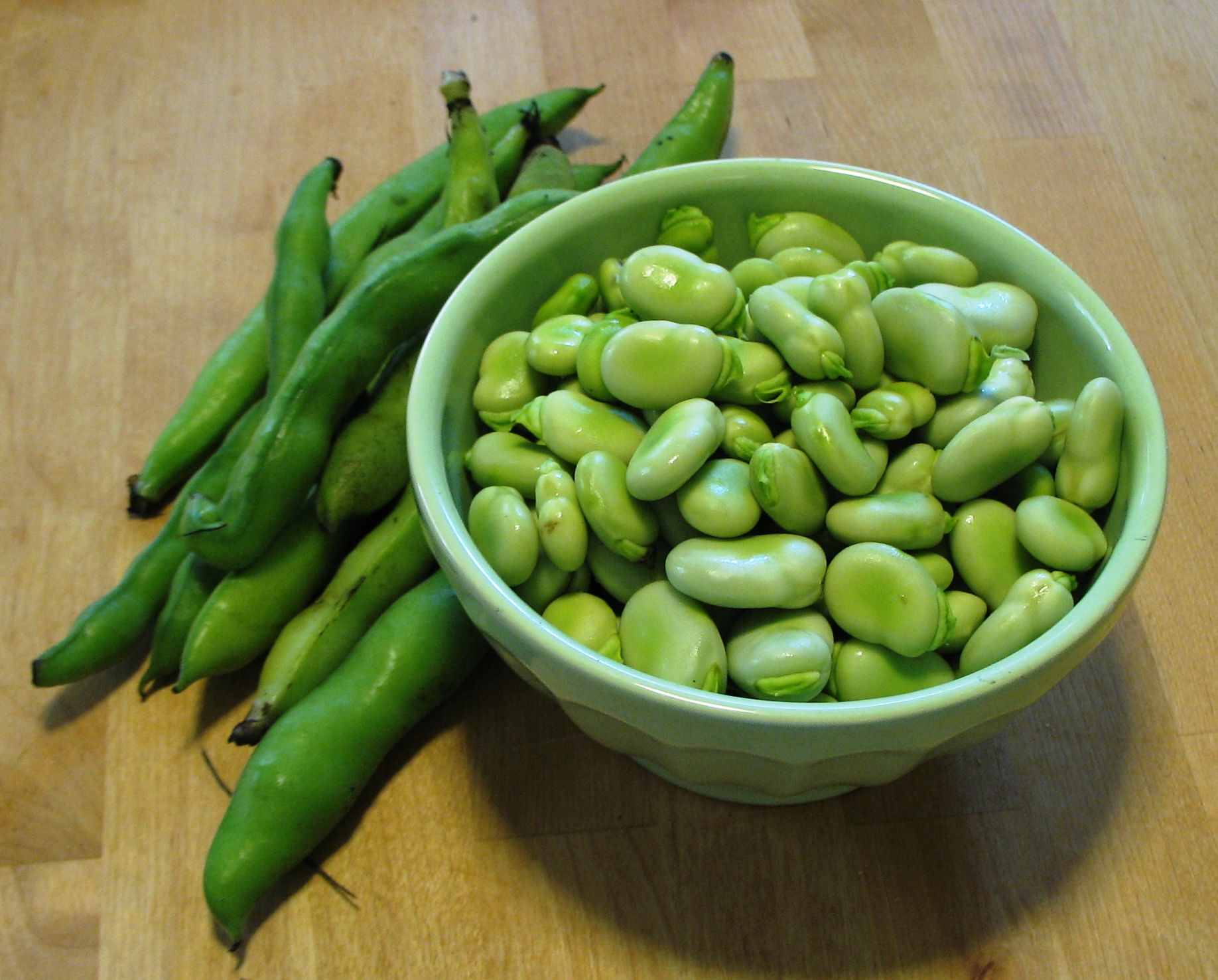What goes best with a nice Chianti wine? Why, Fava beans of course. Homegrown Fava beans? Even better. If you’re looking to create this dining delicacy from your own homegrown harvest, you’d better get on it because now is your best shot.

Fava beans, also known as broad beans or Windsor beans, have been enjoyed for centuries around most of the world, but they’ve been slow to gain favor in the U.S. In fact, most folks who’ve seen Fava beans growing in my garden have no idea what the plants are. They are both beautiful and cold hardy, thus make for an outstanding winter ornamental. Their growth habit is much different than any other pea or bean you’ll find in the garden: plants are upright and bushy, growing up to six feet tall in some climates (they can grow to about an average of four feet if planted in fall!) and the deep purple and white flowers are not only strikingly beautiful but also unexpectedly fragrant.

While plants are exceptionally cold hardy, it’s larger established plants that fare best when freezing temperatures hit. That means it’s best to direct seed your Fava beans into the garden during the month of September, just as the days begin to cool off a bit. Get your seeds in the ground by mid-October. Soak the seeds in water for 12-24 hours before planting. You can seed them into the garden in early spring, but in my experience these small plants don’t have enough time to put on much of a harvest before the hot temperatures knock them down. Choose a sunny location in the garden and allow a couple of square feet per seed. Plants can tolerate a bit of afternoon shade but full sun is best.
Plants will grow through the winter and put on a flush of blooms late-winter and early spring, from which the fruit develop. Mix them into your landscape beds as edible ornamentals. The foliage, flowers, small bean pods and the mature beans are all edible.
**Due to high levels of tyramine, fava beans should not be eaten when taking MAO inhibitors. Some individuals may have a hereditary condition causing an enzyme deficiency called “favism” that can be potential fatal if they ingest fava beans.






